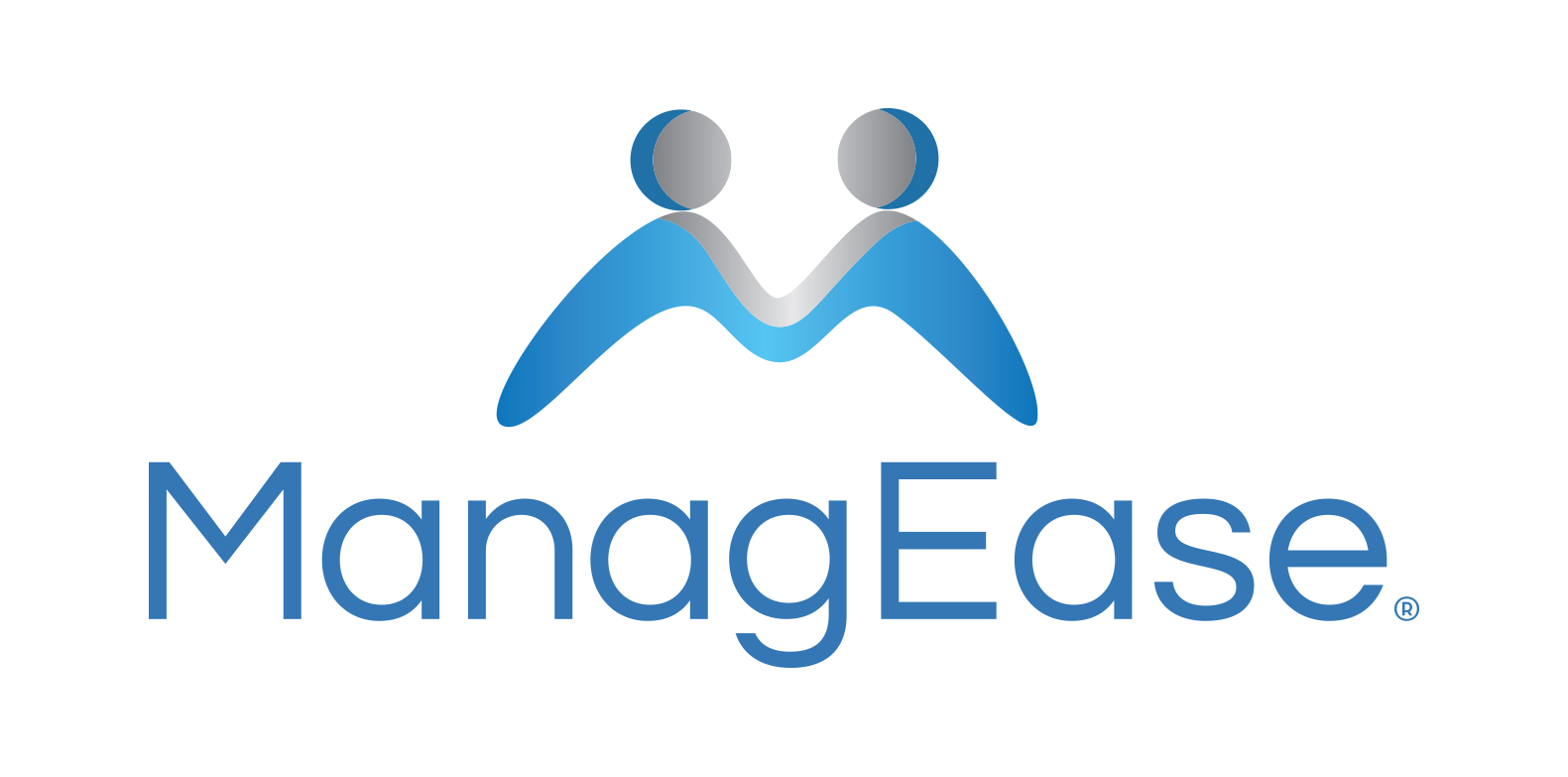Delaware: Paid Family and Medical Leave Coming in 2026!
|
APPLIES TO All Employers with 10+ DE Employees |
EFFECTIVE January 1, 2026 |
QUESTIONS? Contact HR On-Call |
Delaware became the latest state to pass a paid family and medical leave law, titled the Health Delaware Families Act (Act). The Act, signed into law on May 10, 2022, allows qualified employees to take up to 12 weeks of leave beginning in 2026.
Employers with at least 10 employees in Delaware must comply with the Act. The only exceptions are businesses that are closed for 30 or more consecutive days per year and the federal government. Employers with at least 10 but less than 25 employees are only required to provide parental leave. Employers with 25 or more employees must provide all the given reasons for leave under the Act.
An employee is eligible to take paid leave if they have been employed with an employer for more than 12 months and have worked at least 1,250 hours during the previous 12 months. Employees taking leave under the Act are entitled to be restored to their position, or a similar position with equivalent seniority, pay, and benefits, when they return from leave. Health insurance must also be maintained while the employee is on leave. The Act is largely similar to the federal Family and Medical Leave Act (FMLA), with the distinction that leave is paid.
The Act divides leave into three categories: parental, family caregiving, and medical.
- Parental leave is when the eligible employee is caring for a child during the first year following birth, adoption, or placement.
- Family caregiving leave allows the eligible employee to take leave to care for a family member with a serious health condition or to take leave because they have a qualifying exigency. The definition of a qualifying exigency under the Act mirrors the rules under the FMLA. As under the FMLA, the Act also defines “family member” as a parent, child, and spouse.
- Medical leave allows an eligible employee to take leave if they have a serious health condition that renders them unable to perform their job duties.
Another notable difference between the Act and FMLA is the amount of leave entitlement. Under the Act, the maximum leave in an application year is 12 weeks. However, depending on the type of leave, it could be less. For employers with 25 or more employees, an eligible employee can use leave in any of the three leave categories but is limited to a maximum of 12 weeks of paid leave per year. However, if an employee takes family caregiving leave and/or medical leave, the maximum amount of leave allowed during a 24-month period is 6 weeks. If an employee takes parental leave, the maximum amount of leave allowed during a 12-month period is 12 weeks. Leave under the Act runs concurrently with FMLA leave. However, to the extent that either provides more benefits, employees may be able to take a larger combined period of paid and/or unpaid leave up to the respective maximums.
There is some time before funding for the program will begin. Covered employers must begin contributing and deducting employee contributions starting on January 1, 2025. For 2025 and 2026, the contribution rates are:
- 32% for parental leave
- 08% for family caregiving leave
- 4% for medical leave
Employers can deduct up to 50% of the contribution required for each employee but may pay more of the contribution if they choose. Contributions must be submitted quarterly. If employers do not deduct employee contributions when wages are paid, employers will be liable for the full contribution amount.
Employees will receive 80% of their average weekly wage rounded up to the nearest dollar during the 12 months prior to taking leave. The minimum benefit will not be less than $100 per week unless the average weekly wage is less than $100 per week. The maximum weekly benefit in 2026 and 2027 will be $900.
Employers with private plans may seek approval from the Delaware Department of Labor to opt out of the Act. Private plans must provide benefits and leave reasons at least as generous as those in the Act in order to be approved.
While contributions are still a few years away, employers should start putting plans in place now, so they are ready to comply. Note that there will also be notice and posting requirements. There are still many outstanding questions about how the program will be run, so employers should also continue to look for future regulations.
Action Items
- Prepare to update leave policies.
- Prepare to update payroll processes.
- Look for required notices for posting and distribution.
- Subscribers can call our HR On-Call Hotline at (888) 378-2456 for further assistance.
Disclaimer: This document is designed to provide general information and guidance concerning employment-related issues. It is presented with the understanding that ManagEase is not engaged in rendering any legal opinions. If a legal opinion is needed, please contact the services of your own legal adviser. © 2022 ManagEase
